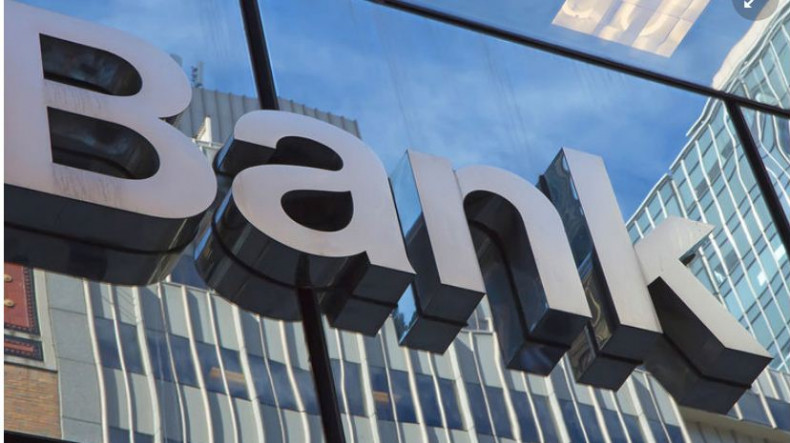
Silicon Valley Bank is largest failure since 2008 financial crisis
Startup-focused lender SVB Financial Group (SIVB.O) became the largest bank to fail since the 2008 financial crisis on Friday, in a sudden collapse that roiled global markets, left billions of dollars belonging to companies and investors stranded, Reuters reported.
California banking regulators closed the bank, which did business as Silicon Valley Bank, on Friday and appointed the Federal Deposit Insurance Corporation (FDIC) as receiver for later disposition of its assets.
Based in Santa Clara, the lender was ranked as the 16th biggest in the U.S. at the end of last year, with about $209 billion in assets. Specifics of the tech-focused bank's abrupt collapse were a jumble, but the Fed's aggressive interest rate hikes in the last year, which had crimped financial conditions in the start-up space in which it was a notable player, seemed front and center.
As it tried to raise capital to offset fleeing deposits, the bank lost $1.8 billion on Treasury bonds whose values were torpedoed by the Fed rate hikes.
Silicon Valley Bank's failure is the largest since Washington Mutual went bust in 2008, a hallmark event that triggered a financial crisis that hobbled the economy for years. The 2008 crash prompted tougher rules in the United States and beyond.
Since then, regulators have imposed more stringent capital requirements for U.S. banks aimed at ensuring individual bank collapses won't harm the wider financial system and economy.
The main office and all branches of Silicon Valley Bank will reopen on March 13 and all insured depositors will have full access to their insured deposits no later than Monday morning, the FDICsaid.
But 89% of the bank's $175 billion in deposits were uninsured as the end of 2022, according to the FDIC, and their fate remains to be determined.
Newsfeed
Videos






























